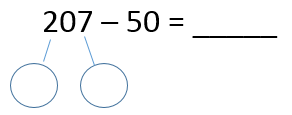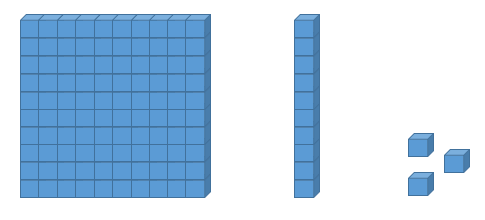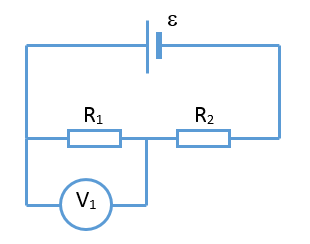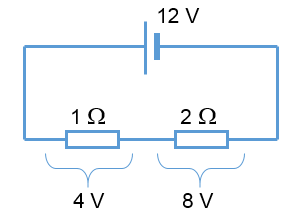In a nutshell, Sci-sational Christmas offers value-for-money interactive family festive fun.
Open from 1 to 25 Dec 2019 at the Annexe of Science Centre Singapore, visitors will enter 3 main activity zones:
Zone 1: Hot vs Cold Experiments
Watch as two “elves” try to outdo each other by performing scientific demonstrations based on opposing ends of the temperature range – under very carefully controlled conditions of course.
The number of asterisks show the loudness of the explosion. The heat experiments in the “Fuel Efficiency Department” are:
- Lighting of a hydrogen balloon (**),
- Lycopodium powder combustion (*), and
- Ethanol-powered propulsion (***)
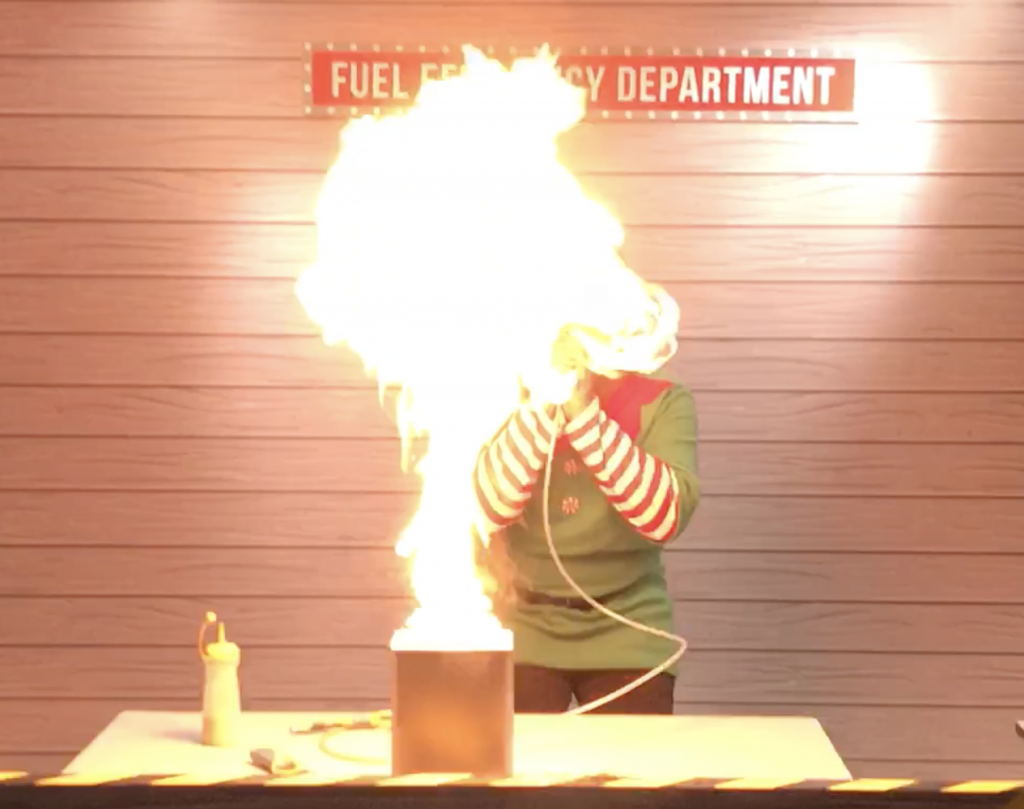
Over at the “Alternative Energy Department”, the elf tried to impress us with:
- Boiling of liquid nitrogen, increasing gas pressure to burst a balloon (***),
- Liquid nitrogen propelled plastic bottle rocket (*), and
- Liquid nitrogen cloud formation with hot water
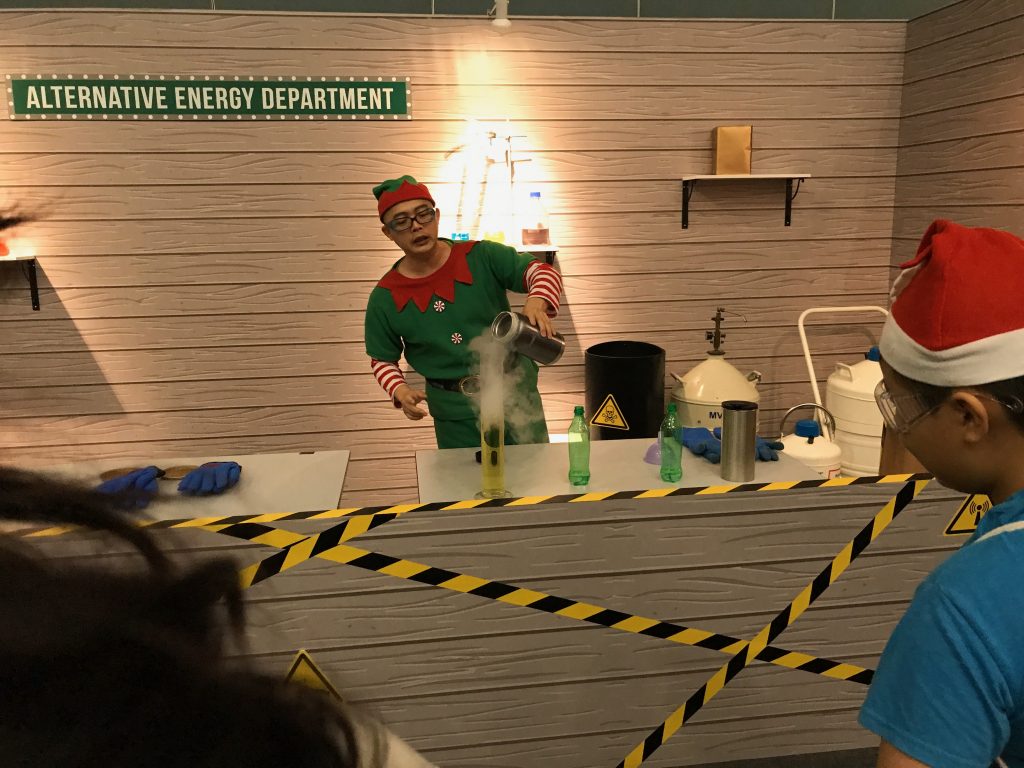
To me as a science teacher, these experiments would have made the tickets worth the money already. After all, demonstrations like these are usually the highlight of science museums all over the world. But there are more…
Zone 2: Scented Candle Making
After exiting the first workshop, visitors are brought to the candle making workshop. We were each given a rubber mould, some melted soy wax, colouring and a few drops of liquid scents to make our own Christmas tree candles.
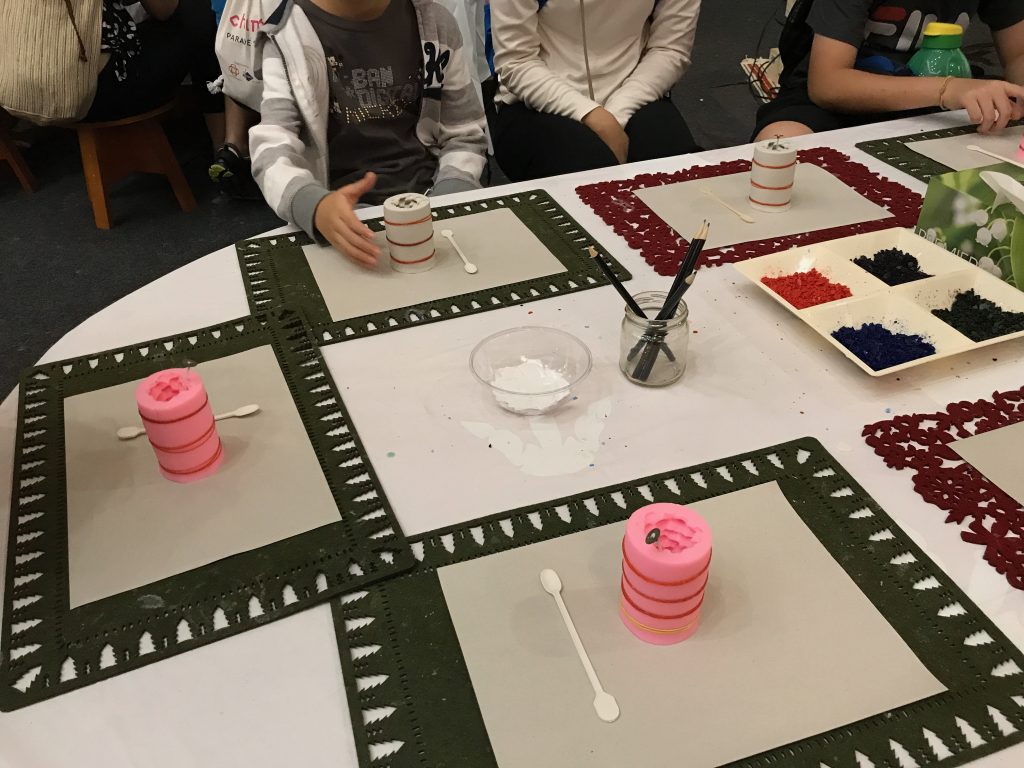
Do take care not to add too much colouring or the tree may not freeze evenly and hence, break easily. On hindsight, I should have used mainly non-coloured wax with a little green colouring for the base of the candle (to pour in last) to get a snow-covered Christmas tree.

Zone 3: Escape Room
The escape room offers plenty of fun for the kids in the group. There are clues planted all over Santa’s office and the session is facilitated by an “elf”. The aim is to unlock a number lock under the fireplace in the office for the kids to crawl out from.
There is a secret door for the grown-ups, though, so we need not worry about our outfit or painful knees.
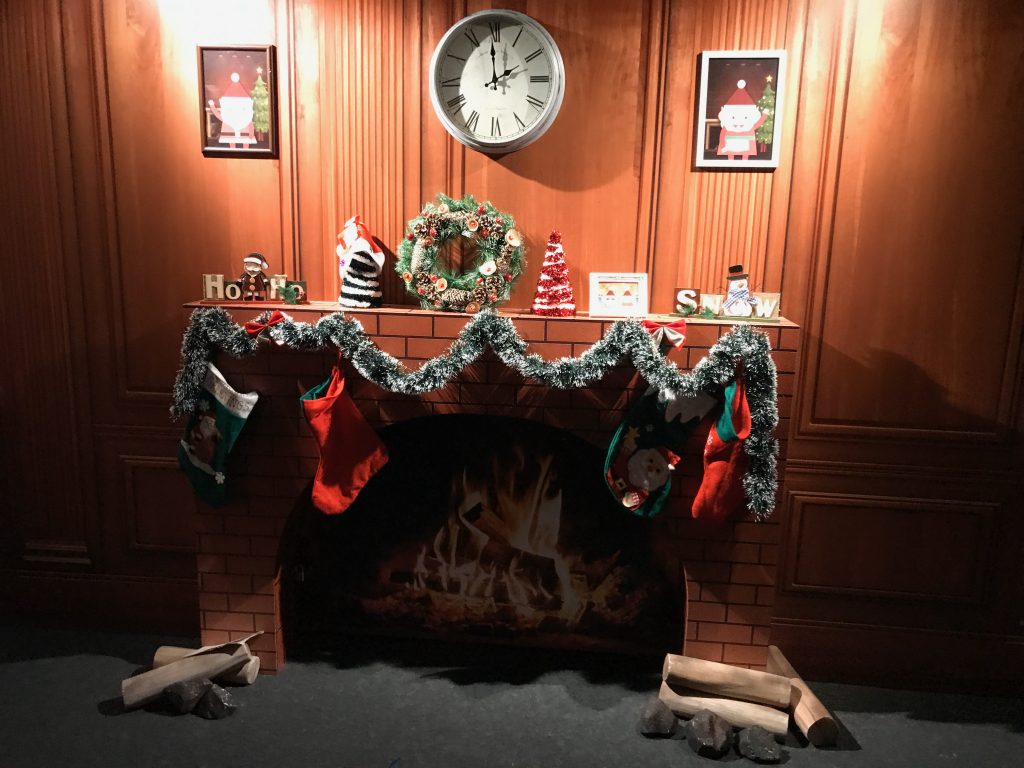
The only downside is that visitors are placed in groups of 15-20, most of whom are strangers – unless you register as a big group of friends. However, most kids would often get quite involved and interactive despite not knowing one another.
I highly recommend this activity for families with kids aged 5-12. At a price of $15 that includes general admission to the Science Centre, it is far more worthwhile than a conventional escape room experience in Singapore and is something my own kids find meaningful and exciting.
I have a feeling that the Science Centre might organise more escape-room styled activities in future as they are quite the craze nowadays.
Visitors might want to note that the 3 zones would last a total of about 50 min. The entry timings are: 11AM, 12NOON, 1:30PM, 2PM, 2:30PM, 3PM, 3:30PM, 4PM and 4.30PM. You will need to indicate your preferred timing when purchasing the ticket and show up on time at the entrance, which is near the fire tornado exhibit.





